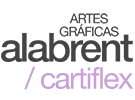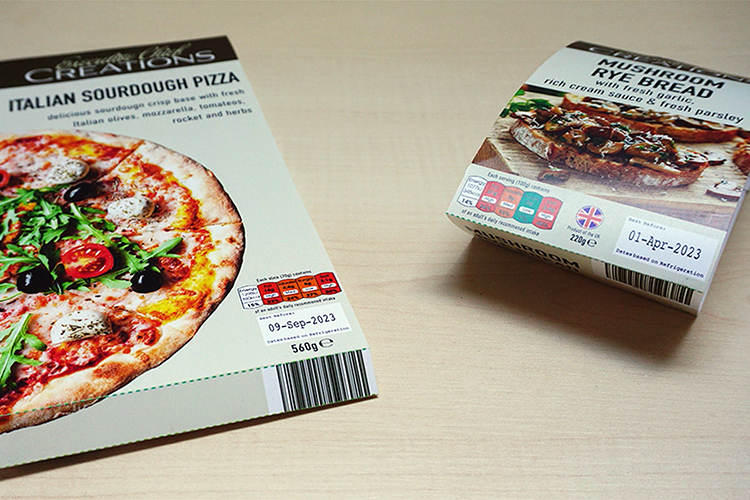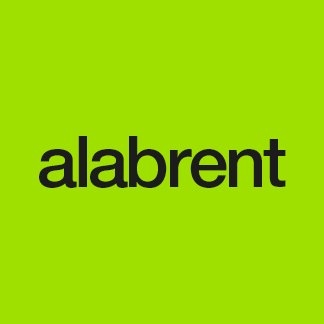Redacción Alabrent
Traditionally, corrugated packaging is printed using analogue flexographic or offset printing. However, shorter product cycles, just-in-time deliveries and e-commerce are driving the demand for digital printing directly onto corrugated packaging. As a result, more and more corrugated board printing systems are entering the market. Water-based corrugated printing technology takes the complete board production process into consideration – printing on liner or primed liner, covering printed images with overprint varnishes and even folding the board to the right shape. Knowing that nowadays investment and running costs are of great importance, companies are approaching digital printing with a combination of low-cost inks and low ink consumption, together with a solution that maximises system uptime.Inkjet replaces current printing technologies
A corrugated box can be printed in various ways and stages during the production process. For example, through high-speed flexographic pre-printing, where the images are applied offline on a roll of liner. The printed roll is used as a topliner in the corrugator machine, which means it has to withstand the harsh conditions of the corrugated board production process (high temperature, steam and high pressure). Only a small proportion of boards are printed in this way (about 5%).
In most cases (65%), printing is done directly onto the corrugated board sheets using flexographic post-printing. The flatness of the board is crucial to avoid warping issues. In addition, the flexographic roller impressing the board can cause a washboard effect.
Another way of printing is by offset printing on a roll or sheet of white liner. The printed roll or sheet is laminated to a single wall corrugated roll or off line to sheets. Offset printing provides very high image quality, but this method is only used for 3% of corrugated-board production. About 25% of corrugated boards are still unprinted.
Inkjet can replace all of these printing technologies. One of the benefits of inkjet is that the printhead does not come into contact with the corrugated board and therefore does not cause a washboard effect. Inkjet is compatible with the entire corrugation manufacturing process and no print masters are required. The print quality of inkjet is comparable to the quality of offset printing and single-pass printing presses can achieve a high output thanks to their high printing speed and very short job changeover time.
Adopting inkjet and water-based inkjet inks
Selecting inkjet for printing corrugated boards has a number of distinct advantages. As well as enabling shorter print runs, it can be used for prototyping and be part of a fast turnaround process. In addition, the boards can be customised for on-demand printing, versioning, variable data printing and personalisation. Inkjet is also a cost-effective technology allowing for low set-up costs, faster job switching, fewer production steps, less inventory and less waste.
The use of water-based inks provides even more benefits, as they are designed to be recyclable and food safe. Aqueous inks also make the printing process even more economic.



